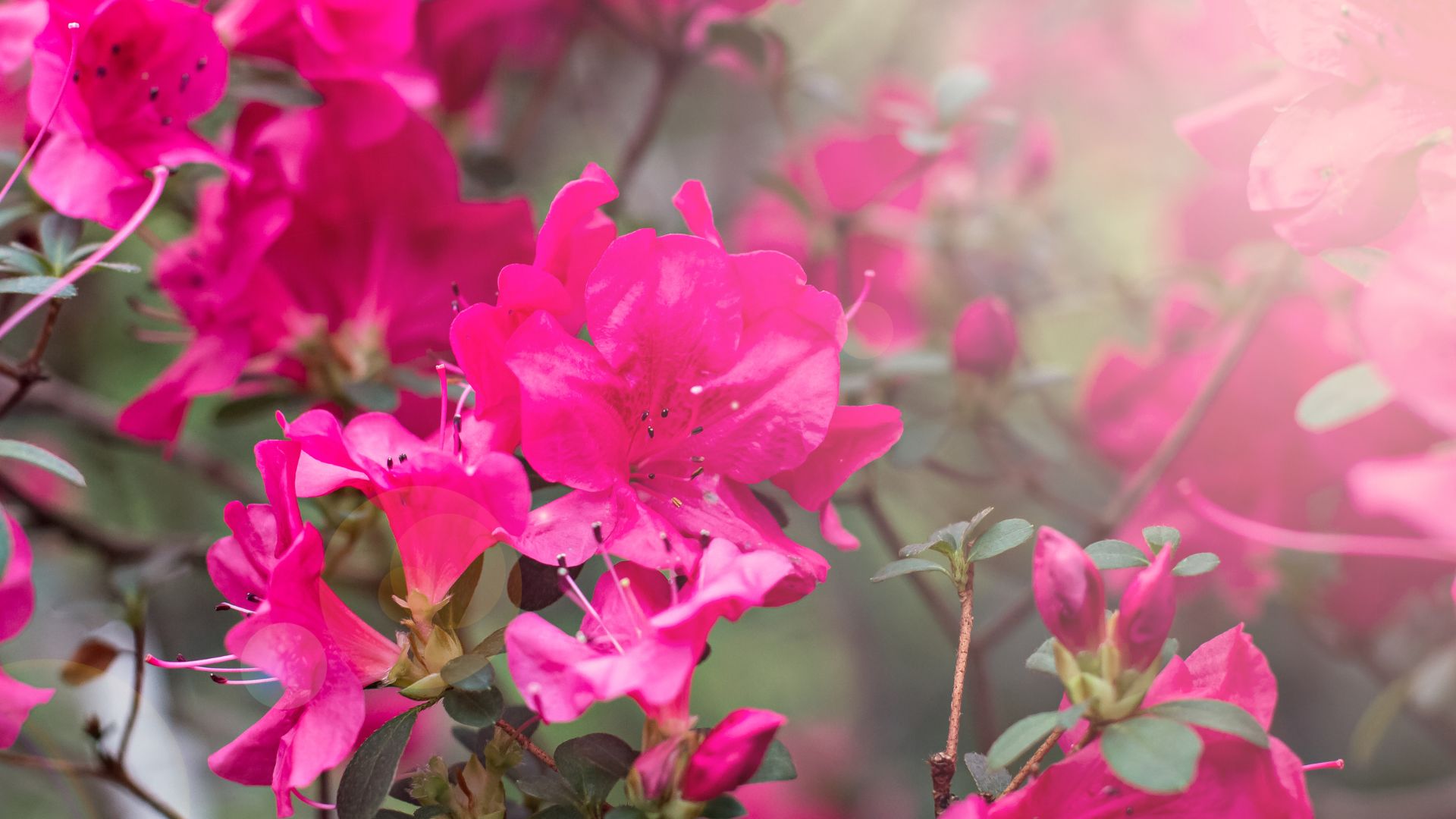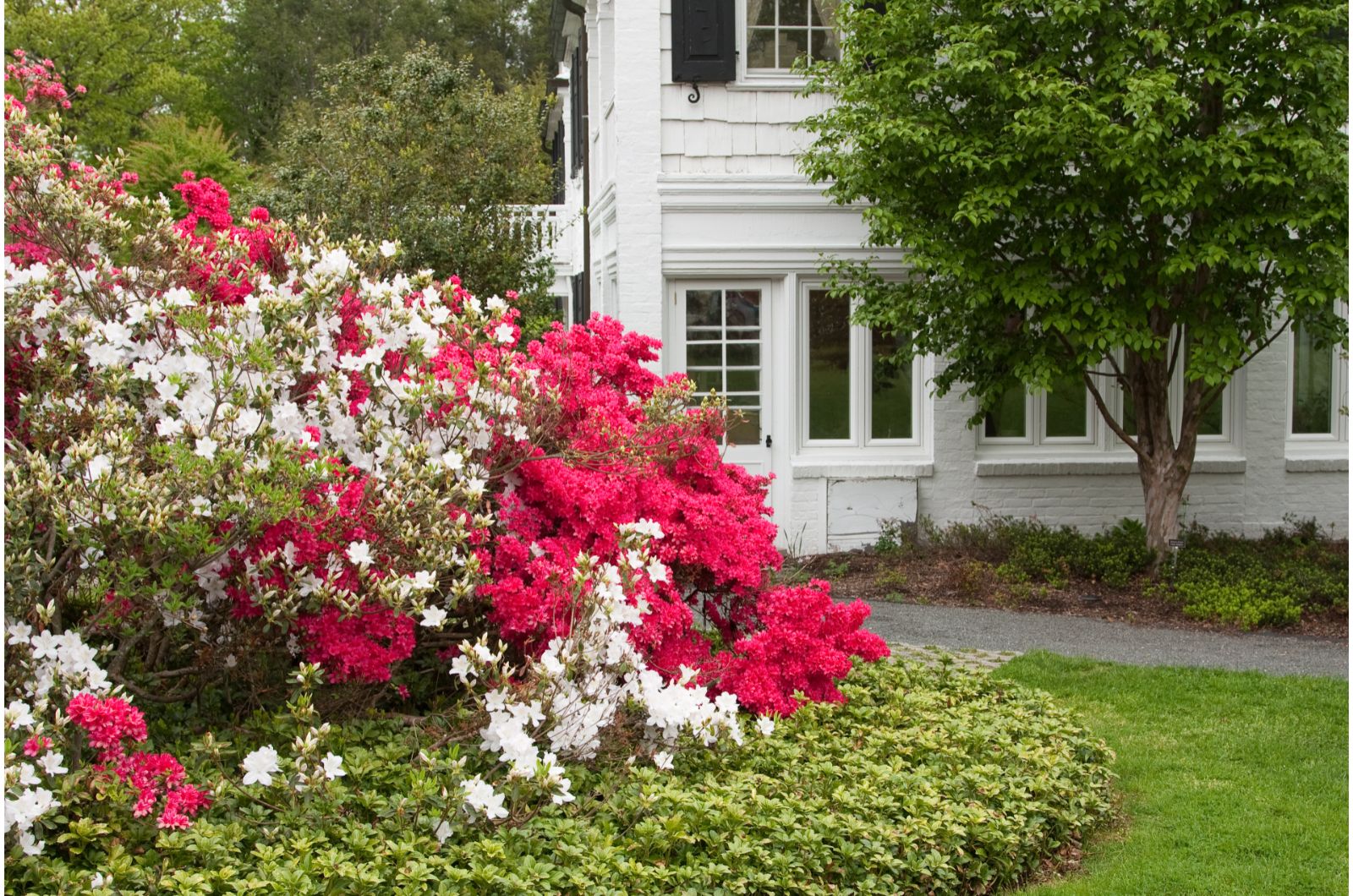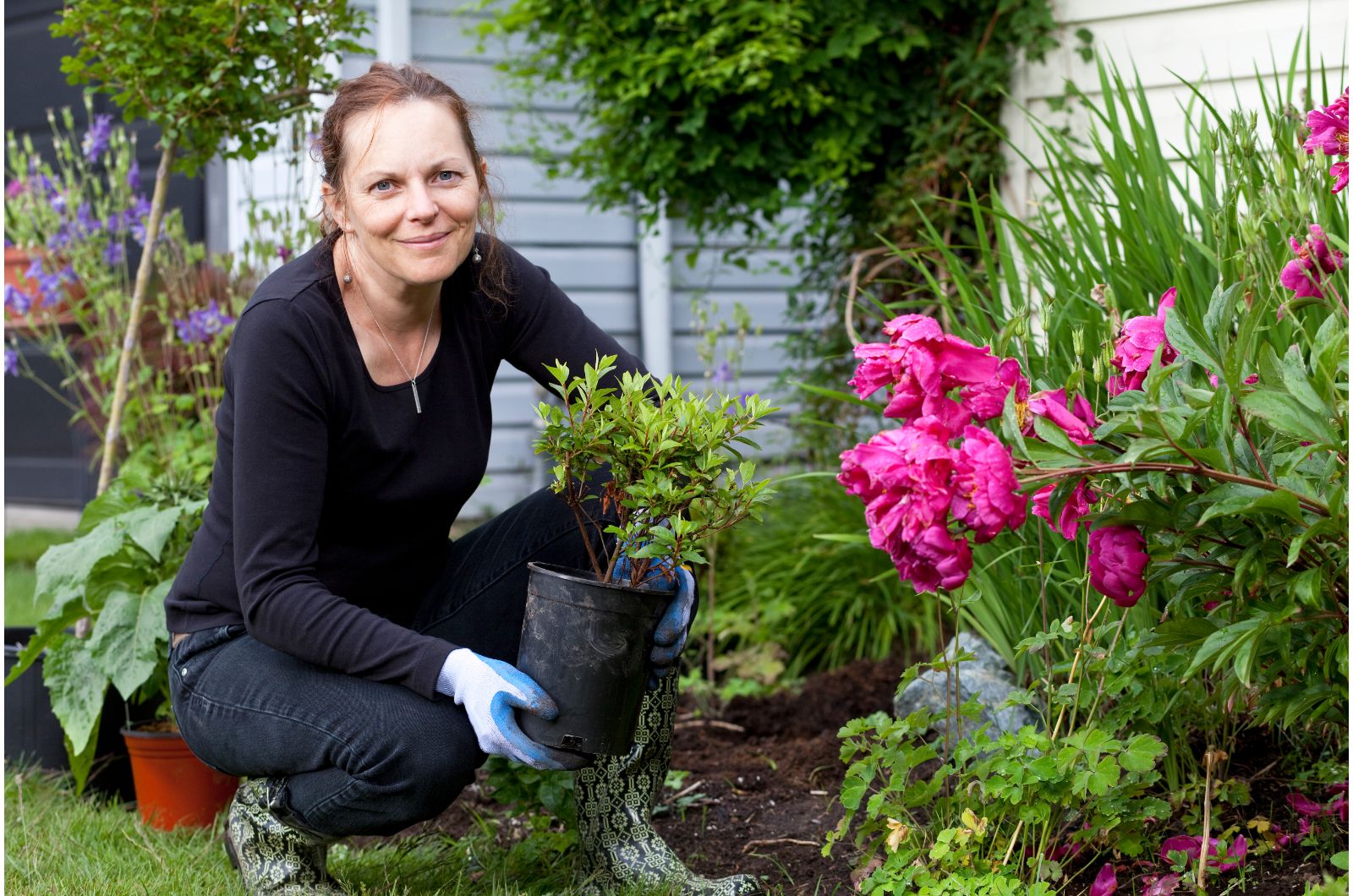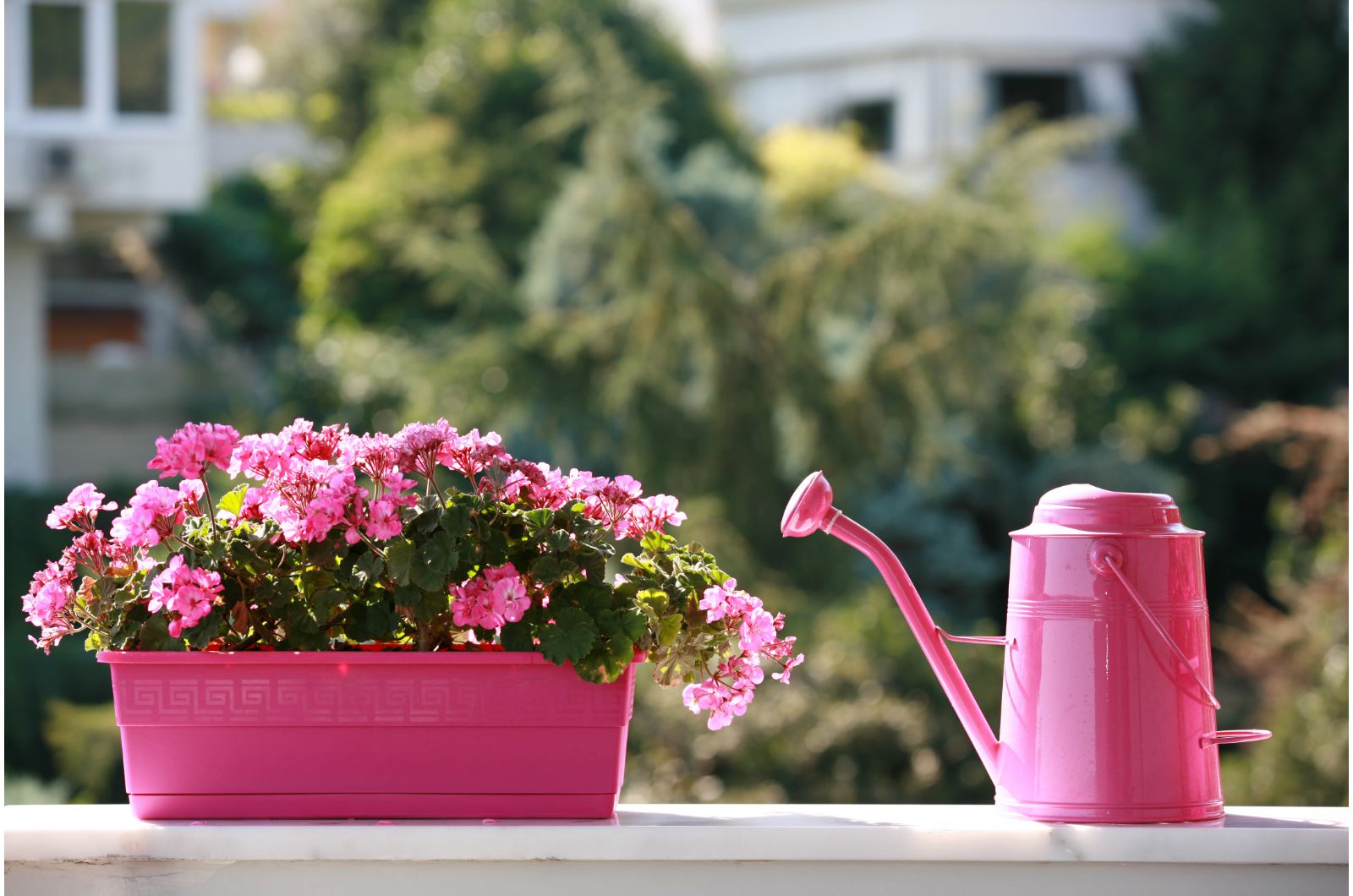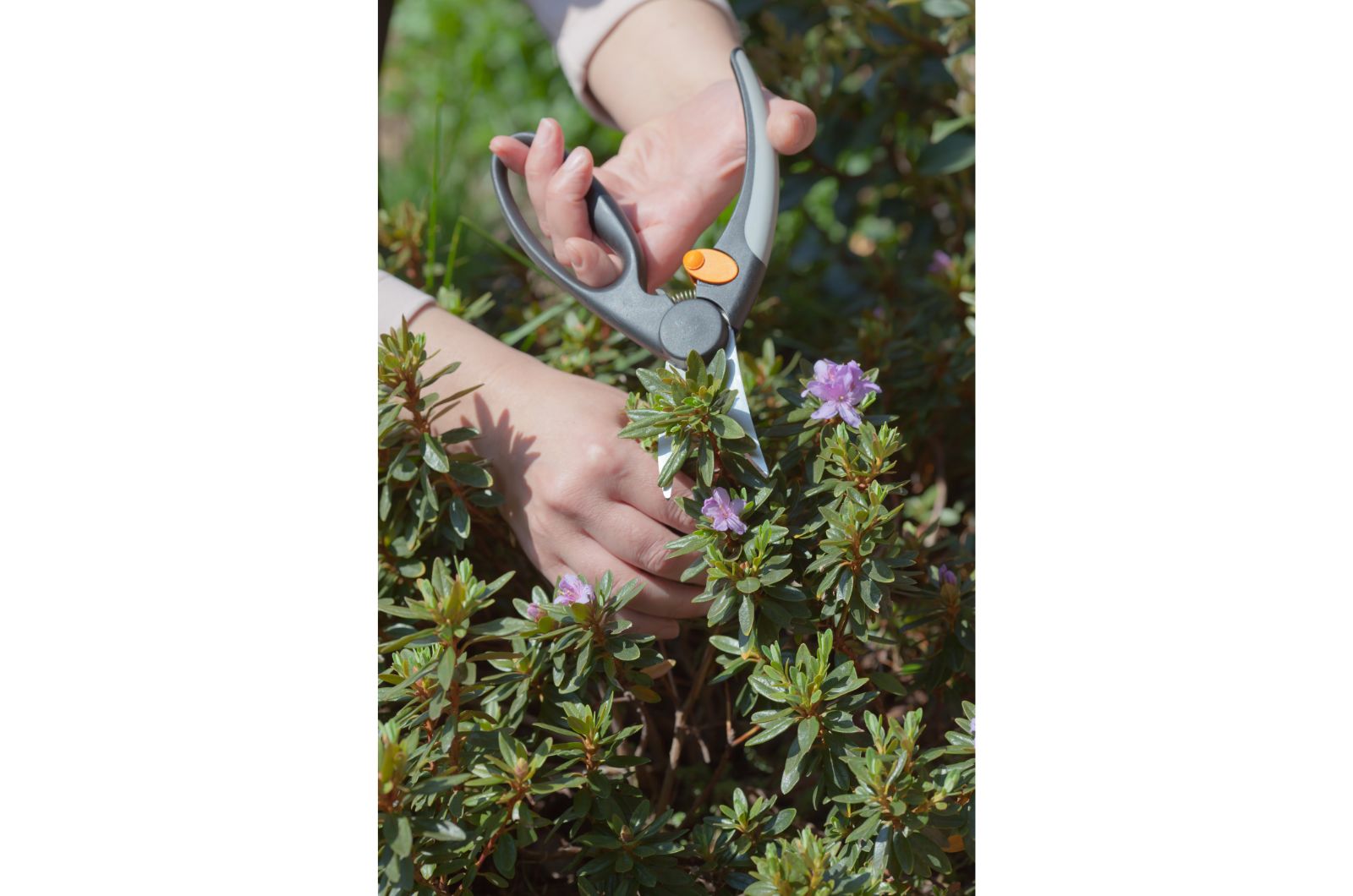Brightly colored azaleas make excellent plants for various landscape designs. You can choose them depending on colors, size, and even growth rate.
Even though azaleas aren’t referred to as hard-maintenance plants, a few things can severely affect their growth and blooming.
In this article, I’ll show you some of the most common mistakes when growing azaleas, and which conditions to ensure for these beauties to thrive!
Let’s get started!
1. Wrong Light Level
When my fellow gardeners ask me what to do to get more azalea blooms, I immediately start discussing the light level.
Of course, azaleas enjoy a lot of light, but the thing is that it should never be direct. Planting azaleas in partially shaded locations in your garden will give the best results and an abundance of blooms.
Complete shade is as dangerous for these plants as direct sun, so pay more attention to sun exposure before transplanting.
Ensuring enough sun for your azaleas is essential not only to enhance blooming but also to reduce susceptibility to pests and to avoid heat stress.
Some growers plant their azaleas under taller trees, and in that way ensure sufficient light and enough room for the roots to spread.
But remember that there are multiple azalea varieties, and some may tolerate more light and higher temperatures. Before planting your azaleas, research the type you have and its light preferences.
2. Not Checking Soil Quality
Another common and dangerous mistake when growing azaleas is not meeting their soil requirements.
Slightly acidic soil is key to healthy and flourishing azaleas, and your goal is to keep the pH from 4.5 to 6.0.
If your azaleas don’t have all the necessary nutrients, they’ll display fewer blossoms and their overall health will significantly deteriorate.
It’s essential to perform a soil test before you plant your azaleas and amend and improve your soil if necessary.
Leaves can also tell you if your azaleas need different soil; they typically turn yellow, so proceed by adding materials to the soil.
If the pH level is too high, adding ferrous sulfate is recommended to lower it. On the other hand, if it’s too low, limestone can fix the issue.
Don’t forget to feed your azaleas and add plenty of organic matter to the soil. Peat moss and wood chips are great for this purpose and will aid in the healthy development of your azaleas.
3. Watering Issues
Flowering plants, including azaleas, need water to generate blooms, but it can be pretty tricky to understand when and how to water these plants.
These species have shallow root systems, so you’ll most likely need to irrigate them twice a week during the growing season, i.e., spring and summer.
You should pay close attention not to waterlog the soil because azalea roots will quickly rot. Additionally, water only at the base of your azalea plant because its petals can turn brown if you water the plant overhead.
The easiest way to avoid watering issues is by planting your azaleas in free-draining soil. If the soil is too compact, you should loosen it and make it more porous by adding organic matter or a layer of mulch over the surface.
If you grow your azaleas in containers, be even more careful with drainage; keep the soil consistently moist but never let azalea roots sit in standing water.
4. Skipping Pruning
Pruning is a great way to enhance growth and improve the overall health of your azaleas. Good air circulation within the plant will prevent diseases and save your azaleas from many issues.
Your first goal is to get rid of damaged or leggy branches on your azalea plant until you get a full and tidy canopy. This will also enable light to penetrate the inner parts of your azaleas, which will result in more blossoms and fuller plants.
You can also cut back azaleas in spring to approximately a foot above the soil line to promote growth. However, pay attention to the variety you grow because not every azalea benefits from spring pruning.
Growing azaleas is a super fun experience, especially when it rewards you with an abundance of splendid blossoms. Make sure to avoid the mistakes above to get the most out of your azaleas.

